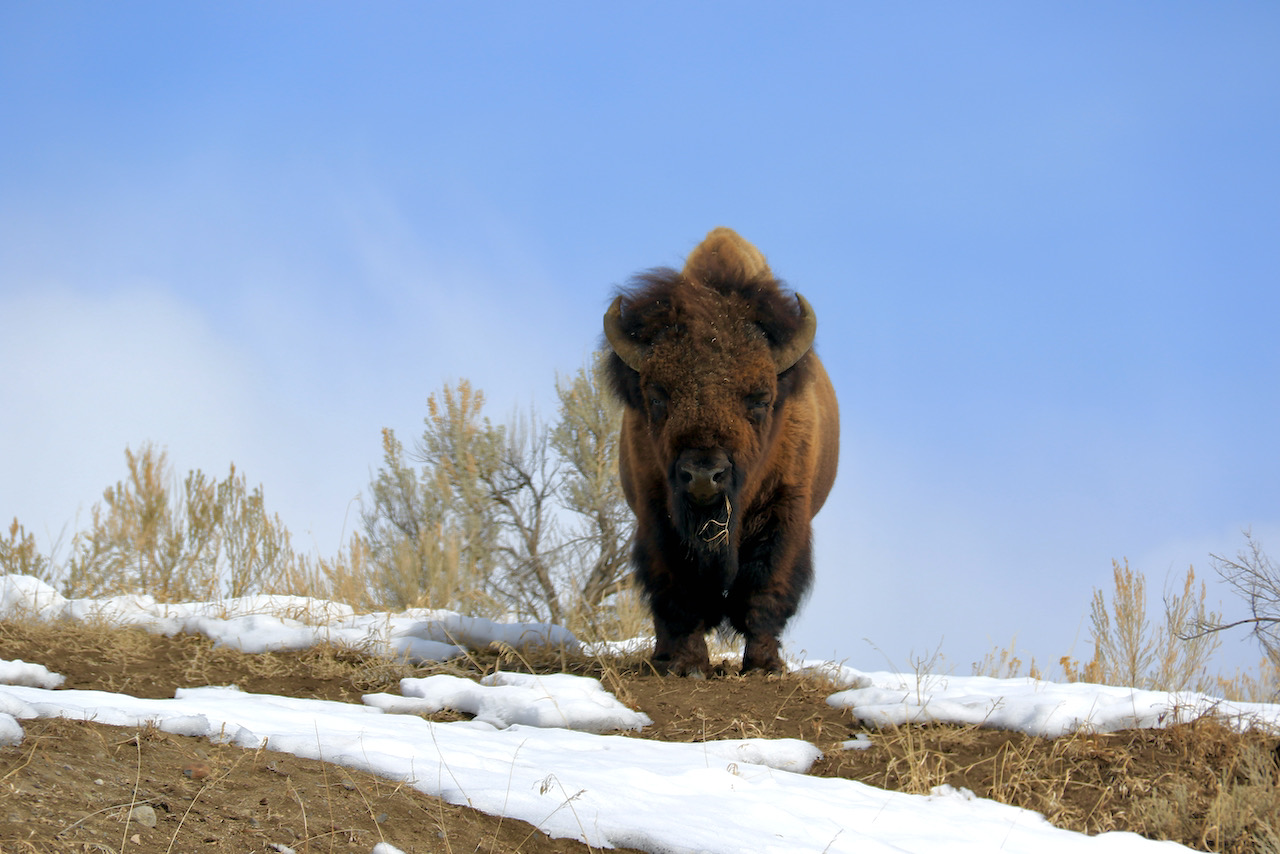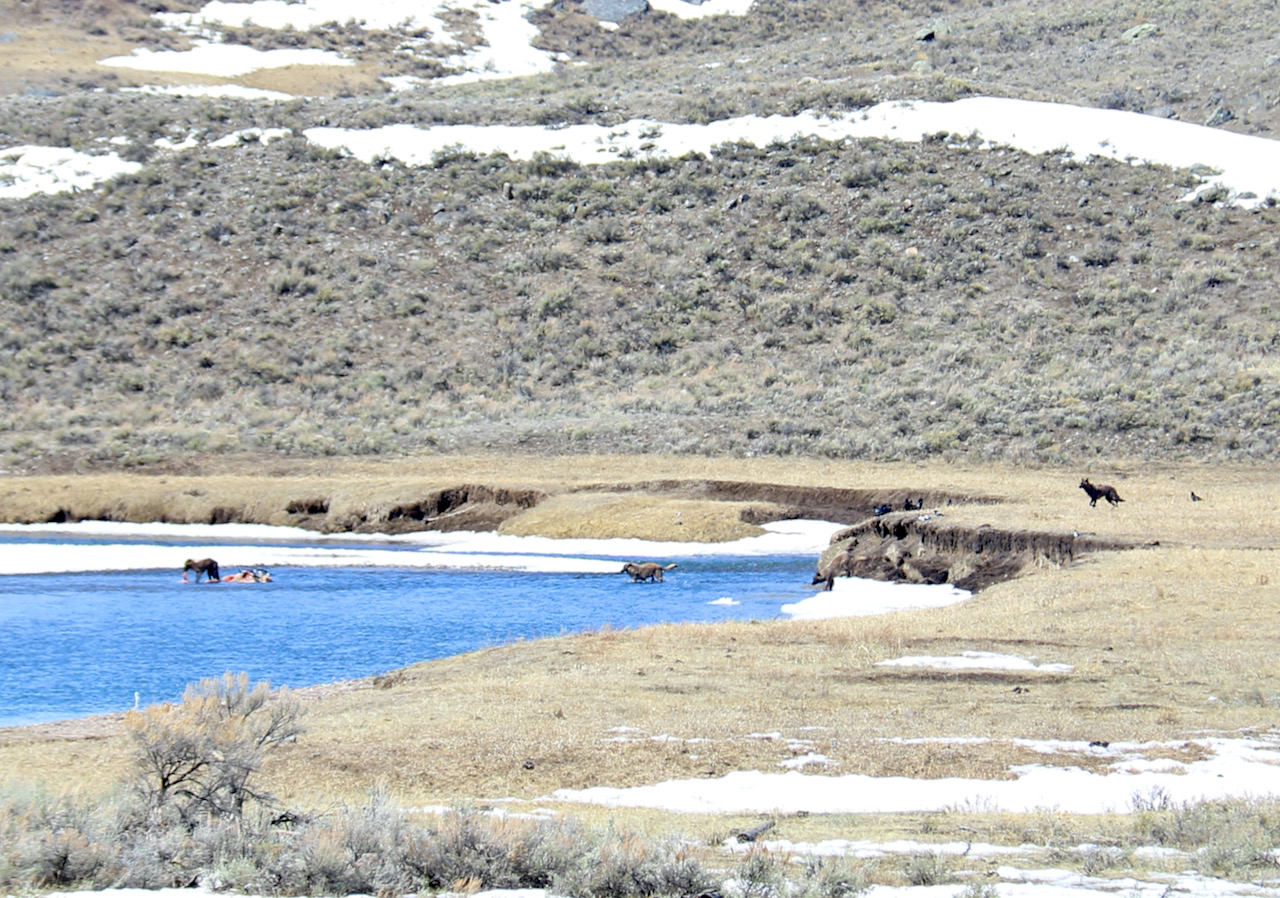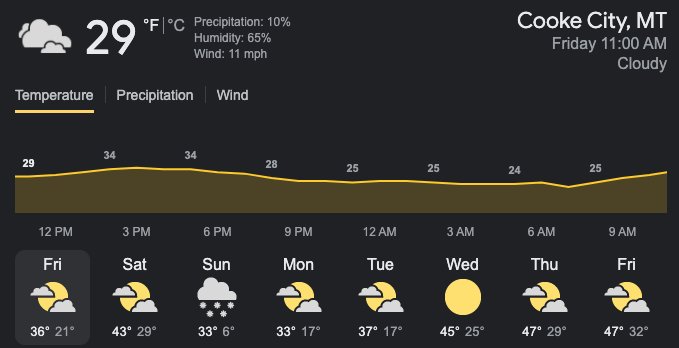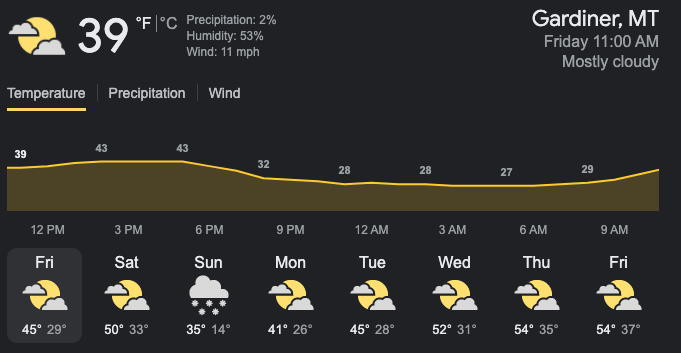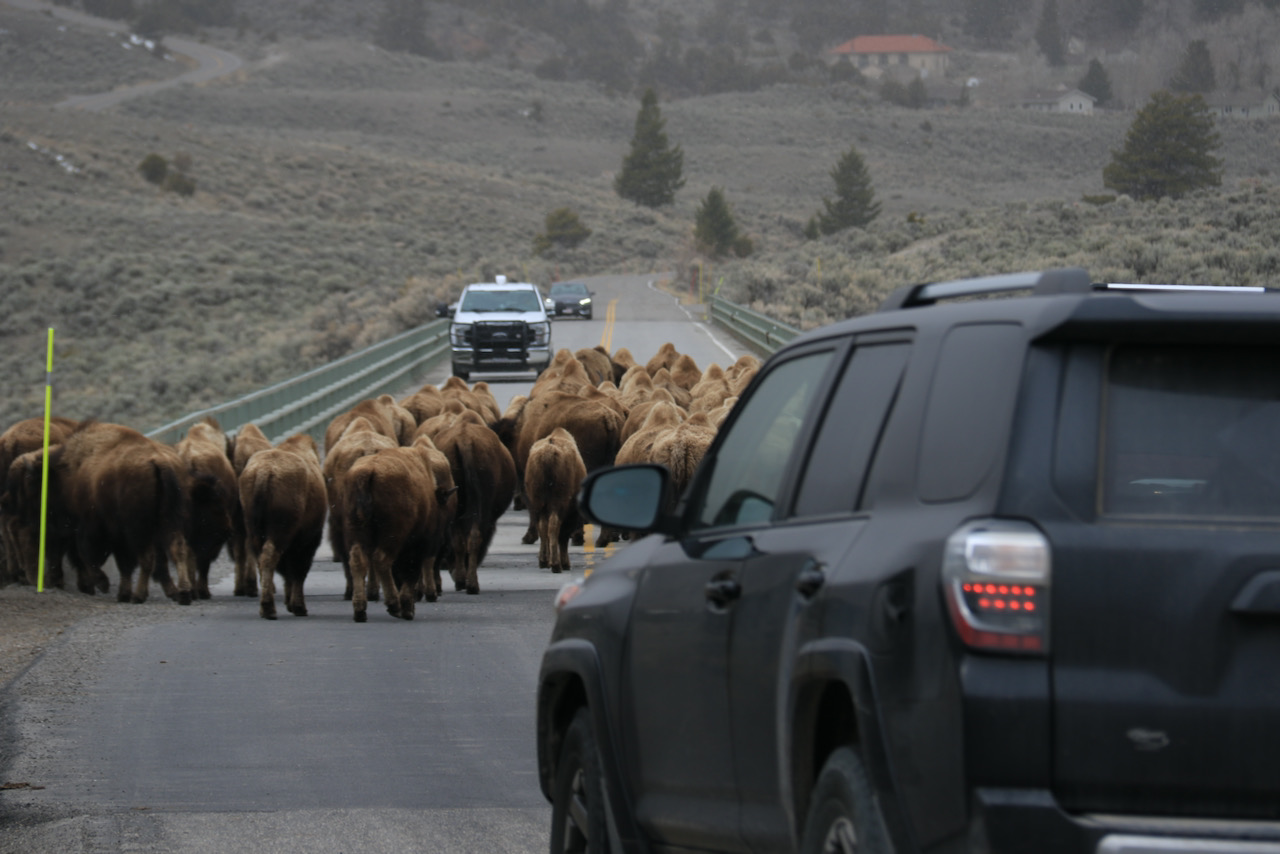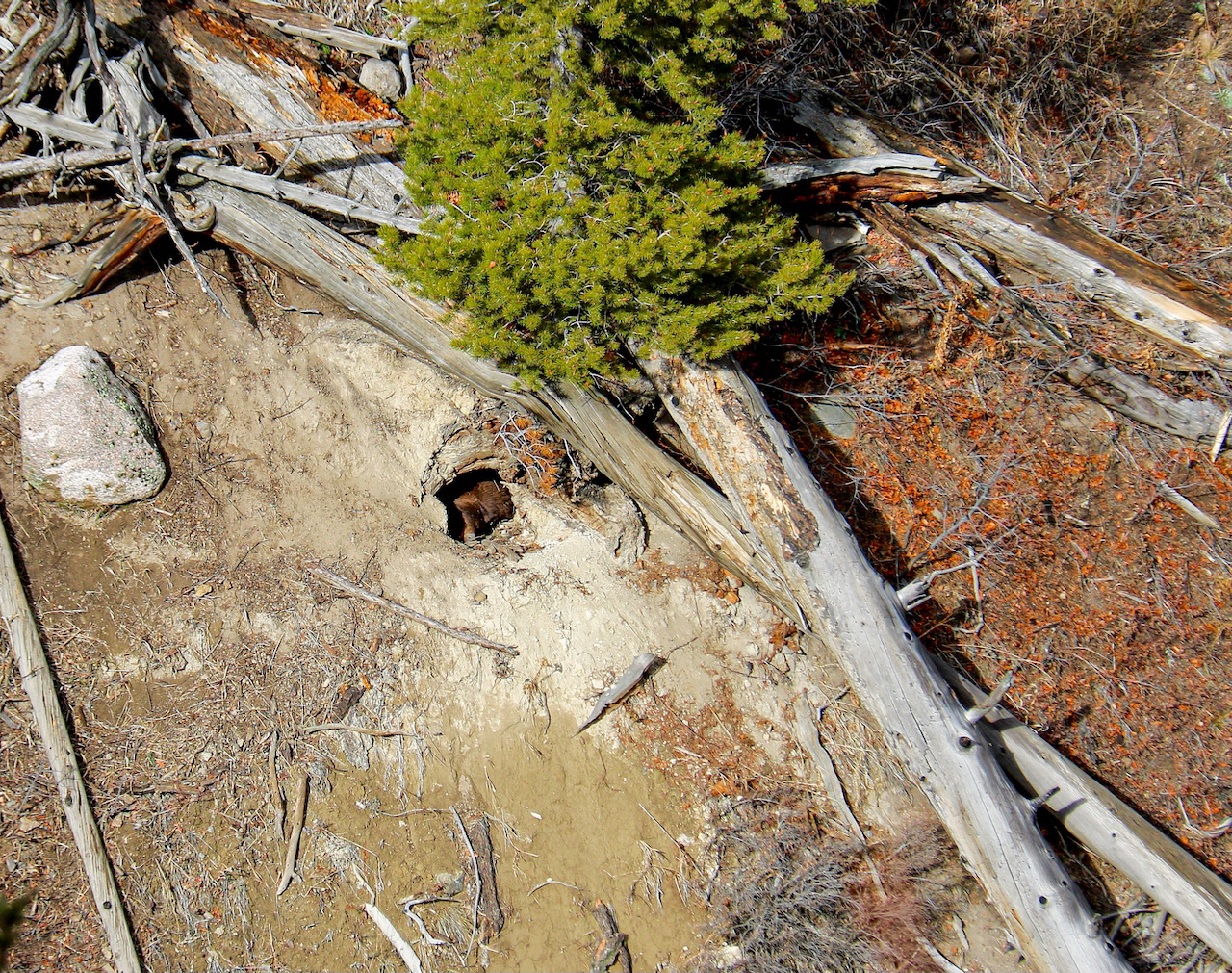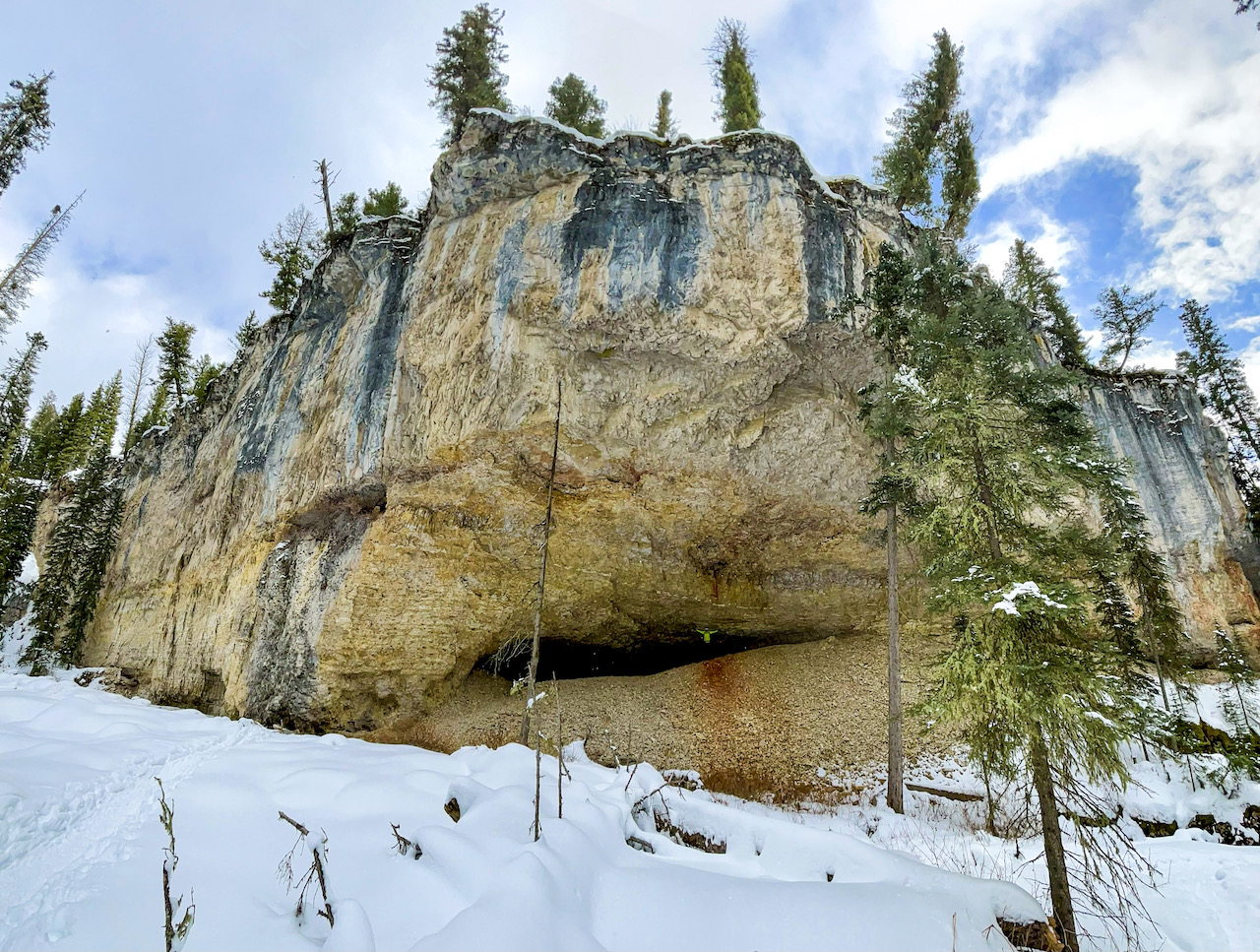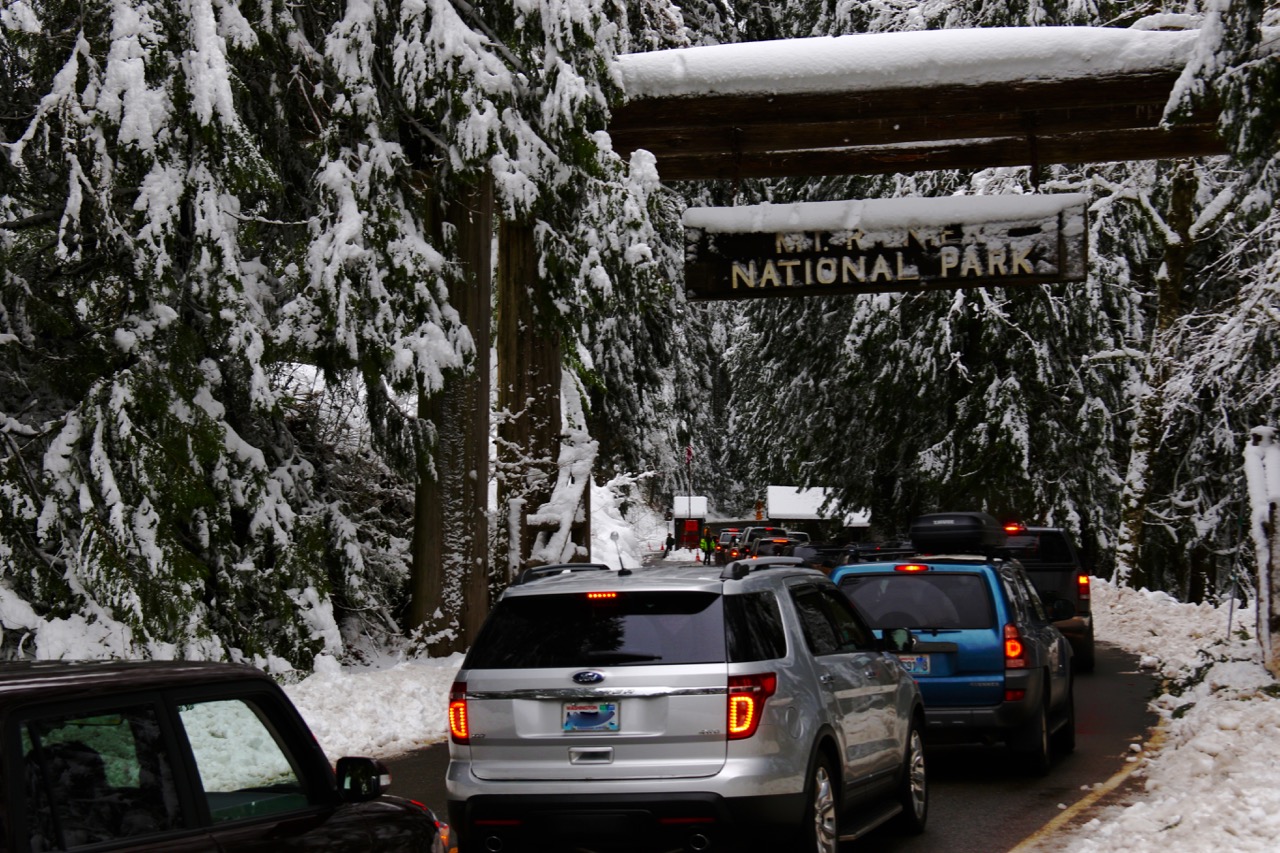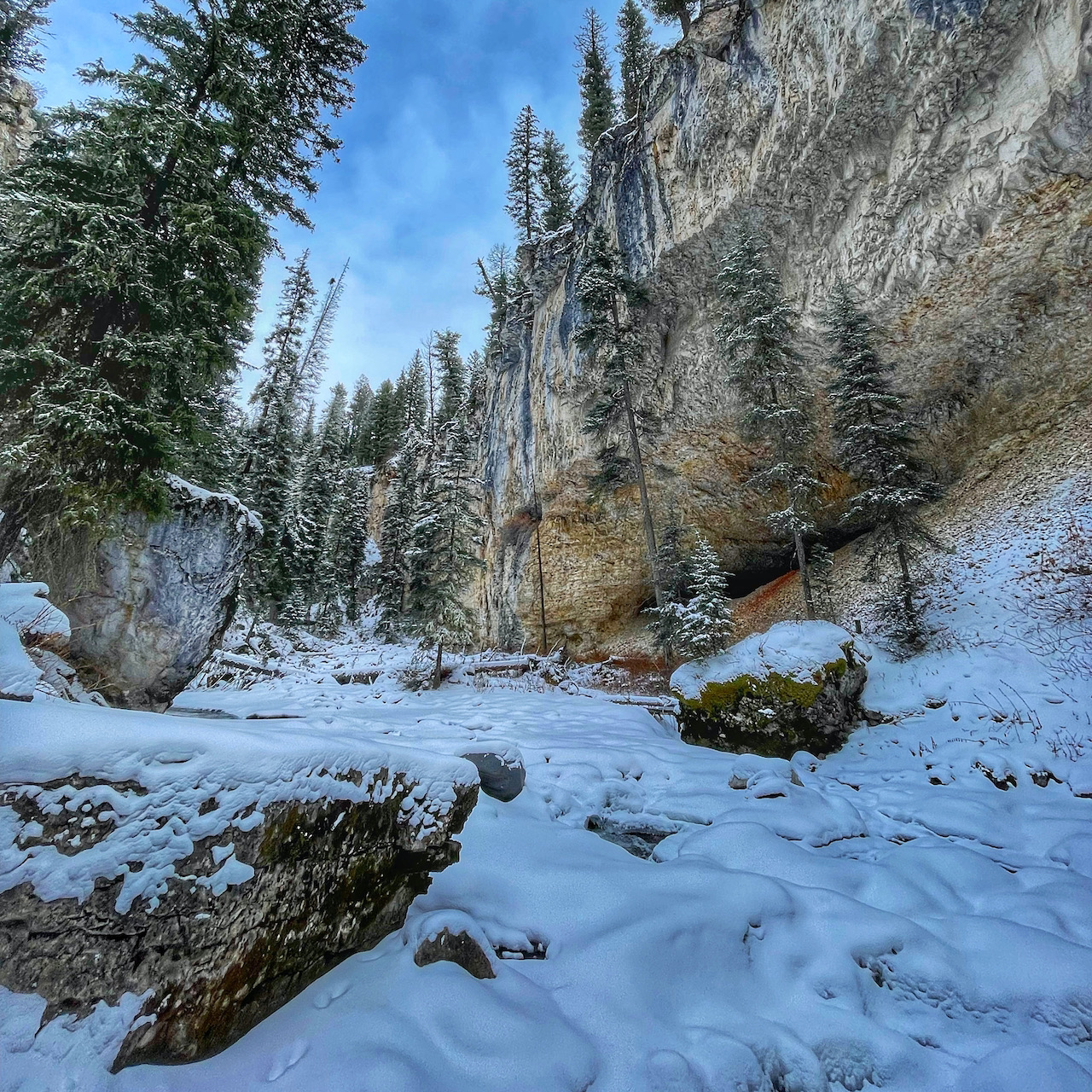This week in Yellowstone, we look at the final Montana wolf hunt numbers, talk about toilet paper and give an update on roads, wildlife and the snowpack. The bears are getting more visible, the bluebirds will be here any minute, and bison are starting to shed their winter coats. If you are lucky enough to be in the park this week, you will more than likely have an amazing time!
If you enjoy this or know someone who will, please share this and get ready to visit America’s first National Park. If you want to support my weekly park posts, please pick up a guidebook!
BIGGEST NEWS OF THE WEEK
Despite Longer Hunting Season, Wolf Hunt Numbers Lower Than Average
If you are a fan of Yellowstone National Park, then you have no doubt heard the news about the wolf hunts occurring in the states around the park. This week, the state of Montana released their wolf hunt numbers for the season and the news is good for wolves. While hunters had a longer season and were able to do more to lure wolves to the death, Montana hunters killed the fewest number of wolves in the last four years. The number is lower in part to record numbers put up in the previous few years, despite the lack of outcry from the public during these hunts.
The 272 wolves hunt numbers for the 2021-22 season fell well below the record 329 wolves from the previous year. In 2019-20, 293 wolves in Montana were kill and and 295 were taken in 2018-2019.
A Billings Gazette article reports the following: “Wolf season closed March 15, with Montana Fish, Wildlife & Parks checking in a total of 272 wolves. That is well below the record 329 wolves from 2020-2021 and also below numbers from the two previous seasons of 293 in 2019-2020 and 295 in 2018-2019.”
The article continues: “Southwest Montana’s Region 3, which includes the districts bordering Yellowstone, was the only region to meet its quota. The commission ordered the season closed once 82 wolves were killed. A total of 85 wolves were checked in with the additional three coming during a grace period after the closure was announced. But in northwest Montana’s Region 1, which holds the state’s highest wolf population, hunters and trappers only checked 106 wolves compared to a quota of 195. That’s also below last year’s take of 127 wolves. The story was the same in west-central Montana’s Region 2, where 67 wolves were killed under a quota of 116. In other districts which have lower quotas, hunters and trappers also checked in numbers well below the commission thresholds for review.”
It will be interesting to see how this data is interpreted by both sides, as the wolf hunt in Montana is quite controversial. The lower numbers this year could be a fluke, but they do show that even with lessened hunting regulations, the wolf packs in Montana are surviving the hunt.
OTHER NEWS
Interior Roads Are Getting Plowed
Park roads will soon be opening. Starting in less than a month (April 15th) access to the interior of the park, including Norris Geyser Basin, Old Faithful and the Grand Canyon of the Yellowstone will be open to all. For now, the roads to these world-renowned destinations are closed to the public. Crews are working hard to clear the snow from the roads, pullouts and parking areas all around the park, eagerly awaiting the return of vehicle traffic to the interior.
While we wait for this to happen, please know that many of these road sections are able to be biked or hiked by visitors out of West Yellowstone and above Mammoth Hot Springs. While you more than likely won’t reach the well-known spots, accessing these roads without cars is a hidden gem for those able to make the jaunt. I talked about it in last week’s post and hope a few of you check it out.
The 2022 Spring Opening schedule is below, with the gates open at 8am on the dates listed.
- April 15: West Entrance to Madison Junction, Mammoth Hot Springs to Old Faithful, Norris to Canyon Village
- May 6: East Entrance to Lake Village (Sylvan Pass), Canyon Village to Lake Village
- May 11: Cooke City to Chief Joseph Scenic Byway
- May 13: South Entrance to West Thumb, Lake Village to West Thumb, West Thumb to Old Faithful (Craig Pass), Tower Junction to Tower Fall
- May 27: Tower Fall to Canyon Junction (Dunraven Pass), Beartooth Highway
Yellowstone Stocks Up on 3,500 Miles of Toilet Paper for 2022
Is this news? Probably not, but I wanted to share this bit of information being passed around in newspapers and on social media sites all around the country. In an Instagram post shared by The National Park Service, it was stated that Yellowstone cleans and services 422 toilets every day during the summer. With over 4 million visits, employees stock park restrooms with 3,500+ miles of toilet tissue each summer, that is roughly the distance from Key West, Florida to Seattle, Washington. You can see the post of a park employee holding rolls of toilet paper and read the full caption here.
SNOWPACK UPDATE
Thanks to more moisture in the area last week, the snowpack in the Greater Yellowstone Ecosystem slightly improved. As of publication, the snowpack is back in the 80% range around the park, giving a glimmer of hope that thangs won’t be awful this year. The snowpack is still atrocious, but doesn’t appear to be at first glance. The amount is far lower than average snowpacks compared to 50+ years ago, but the current maps do not reflect this longer time period. Instead, the map shown below is based on the average snowpack depths from 1991-2020. Will the snowpack improve? We shall see shortly.
Here is the current snowpack map: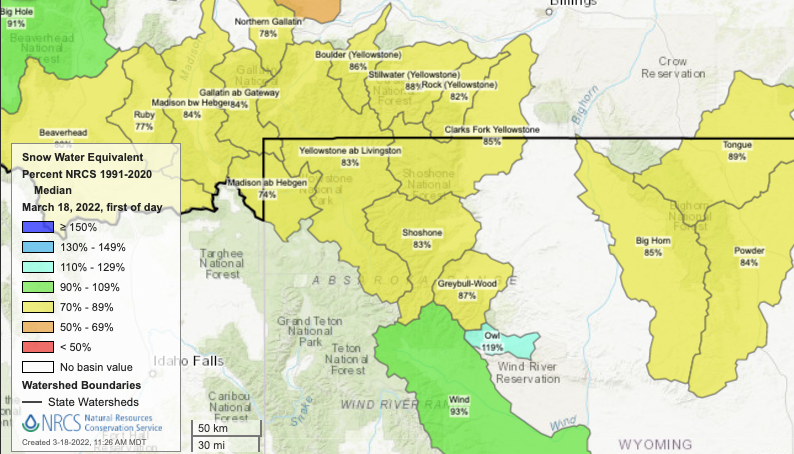
WEATHER FOR THE COMING WEEK
This weekend will see clouds and potential for snow on Sunday, with lows in the single digits in Cooke City. Then, warmth returns and will start to chip away at that aforementioned snowpack. Expect partly cloudy skies in Monday and Tuesday and a bit of chilliness before highs reach into the 40s and above later in the week. The full forecast for the week is as follows.
This is the weather.com forecast for the three closest areas that are currently drivable in the park- Gardiner, Mammoth Hot Springs and Cooke City. While they don’t specifically cover the entire region, these forecasts give a great idea of what to expect all around the region. As always, weather can and does change fast in the park, so always be prepared for anything.
ROADS AND CAMPGROUNDS
Sunday may see some dicey road conditions the further east you drive, but there isn’t anything major to note. As always, drive slow for the wildlife and always be prepared for things to change quickly and without warning. I do not expect anyone to have issues driving the only open road this week, but that doesn’t mean you can expect perfection.
For up-to-date information call (307) 344-2117 for recorded information, or sign up to receive Yellowstone road alerts on your mobile phone by texting “82190” to 888-777 (an automatic text reply will confirm receipt and provide instructions). Anticipate possible road closures due to inclement weather and dangerous driving conditions.
Planning on camping in the park this week?
Mammoth is still open and not very frequented at all. What a shock. Looks like not very many people are enthused about winter camping. I do expect this to start to change soon, though. In a few weeks, the migratory birds will start to return, as well campers. It won’t happen this week, though.
WILDLIFE WATCH
Wildlife watching this week should be decent, as the warm temperature will give a much needed boost of energy to the region. This last week was all over the place, so your best bet to see all the wildlife is to drive between Gardiner and Cooke City a few times. Wolves have been spotted between Roosevelt Junction and Gardiner numerous times over the last few weeks, while a few people are claiming they caught glimpse of a grizzly roaming around. Bluebirds are still hard to find, but that is almost guaranteed to change this week or next week. On rocks in the sun, keep an eye out for the first marmot sightings, and be on the lookout for badgers cleaning out their dens. You’ll see bison and elk all over, as well as pronghorn roaming near Gardiner. Bighorn sheep have also been near the rocks between mammoth and Gardiner, as well as near the confluence of the Lamar River and Soda Butte Creek. You may also see otters around the latter spot.
Want the best tips and best locations for wildlife sightings on your Yellowstone trip? I wrote a book for that very purpose! Pick up your digital ebook or paperback copy now! Ebooks are just $5.
HIGHLIGHT OF THE WEEK
The Bear Den Near the Petrified Tree
As the warmer weather increases, make sure you pop on over to the pullout near the turn to the petrified tree. The spot offers not only a great vista to the north, but also gives a glimpse almost directly into a black bear den on the side of the nearby hill. The bears have been active during the day. Well, not active, but moving around and visible. Each day that passes may see them more active, with the cubs roaming around and playing. You will see people set up with tripods and cameras here all day, but unless you only want to see this, don’t linger too long. Just stop by each time you pass and hope you are lucky. If you want to pass the time while staying in the area, I highly suggest walking up the closed road to the Petrified Tree and maybe taking a jaunt to nearby Lost Lake. This is a great spot to see bison shedding their winter coats on rocks, dirt and sage. Just remember to keep your distance from all wildlife.
TIP OF THE WEEK
Pebble Creek Canyon
The snow and ice will soon be melting out, making this week one of the potentially last weeks you can easy walk up the Pebble Creek Canyon. I recommended this back in early January and want to give a heads up one more time to enjoy this in the winter. Located behind the Pebble Creek Campground, the half mile or so jaunt up to the Canyon of Pebble Creek is an easy and memorable adventure.
This short hike is mostly flat and pretty easy, often doable without snowshoes. However, the snowshoes are an added bonus, giving less post-holing and an easier walk into the winter wonderland of the canyon. The trail starts at the closed gate at the campground and is frequented often. This corner of the park receives around 190 inches of snow a year, making it an excellent spot to experience the snowy season. On the hike, you’ll have views of towering cliffs, a cool cave, and glimpses of a flowing waterway covered with ice. I have seen foxes, moose, bison and coyotes in the area and even right by the creek, so be alert!
Also be aware that snowstorms can quickly also conceal the route to the cave and canyon, so pay attention. When in doubt, stay on the left (west side of the creek) until you reach the cave. If the ice is strong open the frozen creek, cross here to access the geologically awesome cave.
As you hike toward the canyon and cave, the canyon walls tower to the sky, giving you an appreciation for the geology and natural beauty of this hidden spot. I typically walk here until the route becomes too difficult, usually at the end of the canyon where the path narrows and cliffs start to fade away. Call it a day here and walk back, enjoying the animal tracks, the views, the cave and the impressive views of Round Valley when you emerge back at the campground.
WANT TO KNOW MORE?
Curious about something not mentioned in the post?
Send me an email or message on social media and let me know how I can help.

